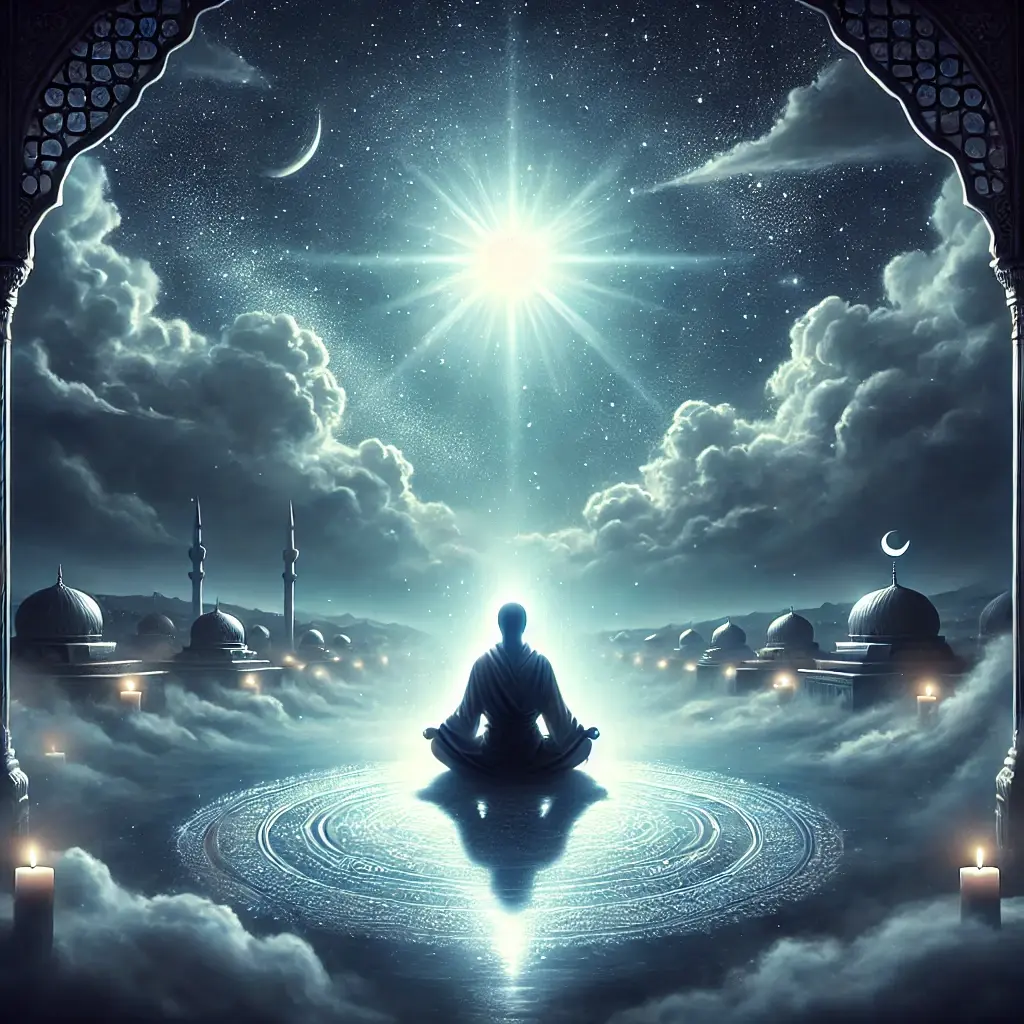Astral Projection Dreams
Astral projection dreams represent one of the most fascinating and otherworldly phenomena in human consciousness. These experiences, in which individuals perceive themselves leaving their physical body to explore a higher dimension, blend elements of spirituality, psychology, and mysticism. This comprehensive guide explores astral projection dreams in detail, including their definition, origins, scientific and spiritual interpretations, types, and methods to experience them.
- Astral Projection Dreams
- 1. What Are Astral Projection Dreams?
- 1.1 Key Characteristics
- 2. The Origins of Astral Projection Dreams
- 2.1 Historical Perspectives
- 2.2 Modern Exploration
- 3. Scientific and Spiritual Interpretations of Astral Projection Dreams
- 3.1 Scientific Perspectives
- 3.2 Spiritual Perspectives
- 4. Types of Astral Projection Dreams
- 4.1 Spontaneous Astral Projection
- 4.2 Lucid Astral Projection
- 4.3 Meditation-Induced Astral Projection
- 5. Techniques to Experience Astral Projection Dreams
- 5.1 Deep Relaxation and Meditation
- 5.2 Keeping a Dream Journal
- 5.3 The Wake-Back-to-Bed Method
- 5.4 Energy Body Awareness
- 6. Effects of Astral Projection Dreams
- 7. Precautions for Astral Projection Dreams
- References
1. What Are Astral Projection Dreams?
Astral projection dreams are vivid dream experiences where individuals feel as though they are traveling outside their physical bodies into a spiritual or astral realm. These dreams are often marked by a heightened sense of awareness and freedom.
1.1 Key Characteristics
- Out-of-Body Perception: A sensation of observing one’s physical body from an external viewpoint.
- Vivid Realism: Unlike ordinary dreams, astral projection dreams feel intensely real and immersive.
- Lucid Control: The dreamer often has the ability to consciously navigate their astral journey.
Example: A dreamer describes floating above their sleeping body, exiting the room, and entering a luminous, otherworldly landscape.
2. The Origins of Astral Projection Dreams
The concept of astral projection has been present in human culture and spirituality for millennia, often tied to notions of the soul, consciousness, and the afterlife.
2.1 Historical Perspectives
- Ancient Egypt: Egyptians believed in the “Ba,” a part of the soul capable of leaving the body and traveling beyond.
- Hinduism and Yoga: In Indian traditions, astral travel is seen as a step toward spiritual enlightenment.
- Western Mysticism: In the Middle Ages, mystics considered astral projection as a way to connect with divine realms.
2.2 Modern Exploration
The 20th century brought astral projection into popular consciousness through spiritual movements like Theosophy and influential works such as Robert Monroe’s Journeys Out of the Body.
3. Scientific and Spiritual Interpretations of Astral Projection Dreams
3.1 Scientific Perspectives
- Lucid Dreaming: Astral projection dreams are often interpreted as a form of lucid dreaming, where the dreamer is aware and in control.
- Brain Activity: Intense REM sleep and heightened brainwave activity are associated with the vivid sensations of astral projection.
- Hypnagogic Hallucinations: The state between wakefulness and sleep may create the illusion of separation from the physical body.
3.2 Spiritual Perspectives
- Energy Body Theory: Spiritual traditions suggest humans possess an energy body that can transcend physical limits and travel to astral dimensions.
- Divine Connection: Astral projection is often viewed as a path to connect with universal consciousness or higher powers.
- Karmic Discovery: For some, these journeys offer insights into karmic lessons and spiritual growth.
4. Types of Astral Projection Dreams
Astral projection dreams can manifest in various forms, depending on the dreamer’s experience and intentions.
4.1 Spontaneous Astral Projection
These experiences occur naturally and unexpectedly, often leaving the dreamer with a profound sense of wonder.
4.2 Lucid Astral Projection
In this form, the dreamer becomes consciously aware and directs the astral journey, merging the concepts of lucid dreaming and astral travel.
4.3 Meditation-Induced Astral Projection
Through deep relaxation and focused intention, some individuals induce astral projection dreams as part of meditation or spiritual practice.
5. Techniques to Experience Astral Projection Dreams
For those seeking to explore astral projection dreams, various techniques can facilitate the process:
5.1 Deep Relaxation and Meditation
Calming the mind and body is essential for inducing astral projection.
- Find a comfortable position.
- Focus on slow, deep breathing while clearing the mind of distractions.
5.2 Keeping a Dream Journal
Recording your dreams can help identify patterns and increase dream recall, laying the foundation for astral exploration.
5.3 The Wake-Back-to-Bed Method
This technique involves waking during REM sleep and returning to bed with the intention of achieving astral projection.
5.4 Energy Body Awareness
Focus on sensations of lightness or tingling in the body as a way to stimulate the feeling of separation from the physical form.
6. Effects of Astral Projection Dreams
Astral projection dreams can have significant psychological and spiritual effects on the dreamer:
- Increased Self-Awareness: Exploring beyond physical boundaries fosters introspection and understanding.
- Stress Relief: Many report feelings of peace and relaxation after an astral experience.
- Spiritual Enlightenment: These journeys often bring a deeper sense of connection to the universe and one’s inner self.
7. Precautions for Astral Projection Dreams
While astral projection dreams are generally positive, it is important to approach them with caution:
- Fear and Anxiety: The experience can be overwhelming for first-timers.
- Reality Integration: Returning to normal waking life after a profound journey may take adjustment.
- Energy Drain: Frequent astral exploration can lead to physical and mental fatigue.
Astral projection dreams offer a unique window into the mysteries of human consciousness and spirituality. Whether viewed as a profound spiritual practice or a fascinating psychological phenomenon, these dreams invite us to explore the boundaries of reality and imagination. By understanding their origins, methods, and effects, you can embark on your own astral journey and uncover deeper layers of self-awareness and connection.
References
- Monroe, R. A. (1971). Journeys Out of the Body.
- Jung, C. G. (1964). Man and His Symbols.
- Freud, S. (1900). The Interpretation of Dreams.
- LaBerge, S. (1985). Lucid Dreaming.
- Theosophical Society (1925). Astral Projection and the Nature of the Soul.
Embrace the boundless potential of astral projection dreams and embark on a transformative journey into the unknown.





